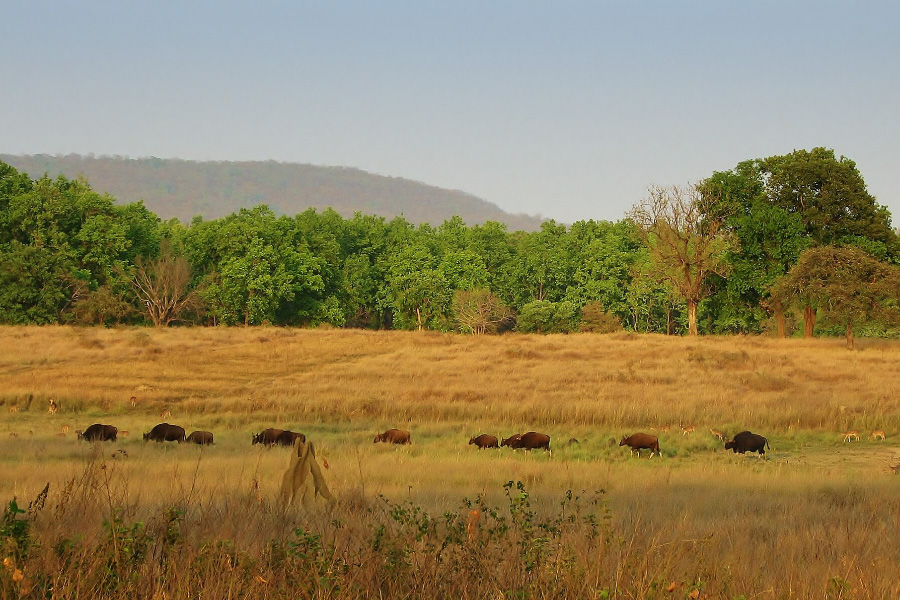
The Central Indian Landscape Symposium (CILS) was organized in Pench Tiger Reserve (MP) from 14th to 17th December, 2016. It was the second of a bi-annual symposia aimed at bringing together researchers, conservationists and managers working in the Central Indian Highlands to share their perspectives and findings, and develop networks for collaborative future work in the region. It was organized by WWF-India, Satpuda Foundation and the Network for Conserving Central India – a network of researchers, NGOs and managers dedicated to conserving biodiversity, improving livelihoods, and fostering sustainable development in the landscapes of the Central Indian Highlands through the application of science.
This year’s theme, “Reconciling Development, Livelihoods and Conservation Goals”, explored the multiple and complex dimensions of conserving wildlife habitat while achieving development goals and improving welfare for people in the landscape. Keynotes included Mr. Subharanjan Sen (Field Director, Pench Tiger Reserve-MP), Mr. Shree Bhagwan (PCCF, Maharashtra), Mr. Praveen Pardeshi (Principal Secretary, Forests, Government of Maharashtra) and eminent wildlife biologists John Linnell (Norwegian Institute for Nature Research), Dipankar Ghose (WWF-India), and Joe Kiesecker (The Nature Conservancy, USA). Talks were held on functionality of wildlife corridors, human-wildlife conflict and the future of water, climate and agriculture in the landscape.
The attendees agreed that a landscape approach was necessary for the sustainable development of the landscape, where human well-being is prioritized along with wildlife conservation. Science can help management authorities develop policies at the landscape-level to conserve wildlife while meeting development and livelihood needs. For example, researchers and local NGOs at the symposium had used multiple methods, including genetics, radio-tracking, GIS and behavioural tracking of tigers to identify functional corridors in the landscape. These analysis helped lawyers and the Forest Department in communicating the needs for the continued existence of the corridors.
At the end of the meeting, participants divided themselves into working groups for organizing funding, collating papers, reports, and GIS maps, communication between members and the local community, media engagement and policy interface. Small grants for future research in the landscape were announced by Dr. Dipankar Ghose of WWF and Dr. Ruth DeFries of DeFries-Bajpai Foundation (DBF). The next symposium will be held in 2018. You can join this initiative by joining the Central Indian Landscapes Google Group or the Facebook page through the website http://www.conservingcentralindia.org/

 CI is a non-profit, non-commercial portal that aims to facilitate wildlife and nature conservation by providing reliable information and the tools needed to campaign effectively.
CI is a non-profit, non-commercial portal that aims to facilitate wildlife and nature conservation by providing reliable information and the tools needed to campaign effectively.